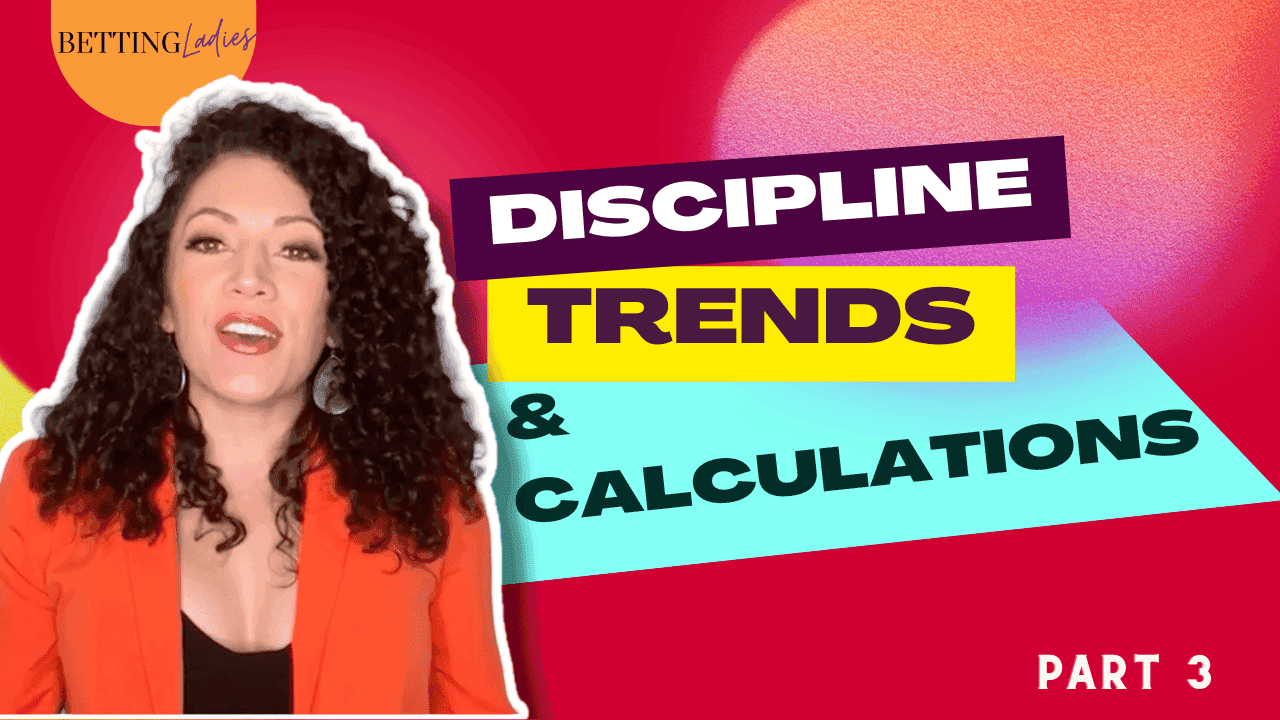
If you’re new to sports betting, understanding how odds work is one of the first steps to placing smarter bets. Odds can seem overwhelming at first, but they’re actually pretty straightforward once you break them down. Let’s dive into what odds mean, how they work, and why they matter.
What are odds?
Odds are used by sportsbooks to reflect the probability of a specific outcome and determine how much you can win on a bet. They differ depending on the type of bet—such as moneyline or spread bets—but the basic principles remain the same. Odds also include the sportsbook's margin, or "vig," which is how they make their money.
American odds explained
In the U.S., odds are typically shown as positive or negative numbers:
- Negative odds (-): These indicate the favorite. A negative number shows how much you need to bet to win $100. For example, -110 means you need to bet $110 to make a $100 profit.
- Positive odds (+): These indicate the underdog. A positive number shows how much you’ll win if you bet $100. For example, +110 means a $100 bet will return a $110 profit.
Here’s a quick breakdown of the rules:
- The more likely an outcome, the worse the odds (lower payout).
- The less likely an outcome, the better the odds (higher payout).
Other types of odds
While American odds are common, you may also encounter fractional or decimal odds, especially when betting with international sportsbooks.
- Fractional odds: Common in the UK, these represent the profit relative to your stake. For example, 5/1 means you’ll win $5 for every $1 wagered.
- Decimal odds: Popular in Europe, these show the total payout, including your stake. For example, 2.50 means a $100 bet will return $250 total ($150 profit).
Implied probability
Odds also give you an idea of how likely a sportsbook thinks an outcome is.
This is called implied probability, and it’s easy to calculate:
- For negative odds, -200 odds mean a 66.7% chance of happening.
- For positive odds +200 odds mean a 33.3% chance of happening.
Understanding implied probability can help you assess whether a bet offers value or not.
Example bet walkthrough
Let’s say Team A has odds of -150 and Team B has odds of +130:
- If you bet $150 on Team A and they win, you’ll profit $100 (your total payout is $250).
- If you bet $100 on Team B and they win, you’ll profit $130 (your total payout is $230).
This example shows how the risk and reward differ depending on whether you bet on the favorite or the underdog.
Tools to make betting easier
As a member of our community, you’ll have access to our odds calculator. This tool helps you calculate potential payouts, implied probability, and compare odds across sportsbooks. It’s a must-have for anyone serious about making informed bets.
Odds are the foundation of sports betting, and understanding them is key to placing smart, calculated wagers. Whether you’re betting on the favorite or taking a chance on the underdog, always remember to shop around for the best odds and use tools like our calculator to plan your bets.
Now that you know how odds work, you’re ready to take the next step. Keep it fun, bet responsibly, and good luck!

Val C. Martinez
Founder of BettingLadies.com



